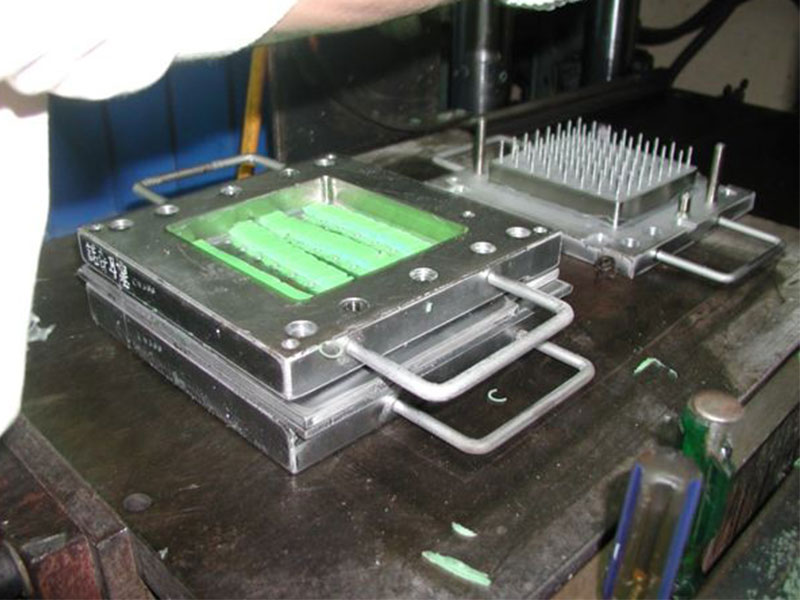Mold is becoming more and more popular in production with high volumes. There are many methods to mold, including transfer molding and injection molding. You can also get the best compression molding presses solutions to produce composite parts of varying complexities in the manufacturing process of thermoplastics, thermosets, and natural rubbers.

Image Source: Google
Another way is compression molding. This is a form of forming in which a material is directly placed into a heated metal mold. The mold is then softened by heat and forced to conform to its shape as it closes.
The process begins with a small amount of plastic or gelatin being inserted into a heated mold. To close the mold, a top force will be required.
After that, heat and pressure are used to force the inner materials into contact. This should be done until the mold material is cured. It is now time to wait for the material to cool.
It is now possible to create the perfect product shape. You can see that this process is high-volume and high-pressure, which makes it suitable for complex, high-strength fiberglass reinforcements.
These are the most common types of this method. These are the straight, flash, and landed plunger-type molds. It is clear that each type can hold a wide variety of sizes. It is used primarily for making electrical parts, dinnerware, gears, buttons, and buckles.
It is now popular for compression molding, which I think is a good idea. What are the unique characteristics and competitive advantages that make compression molding popular?
It should be noted that advanced composite thermoplastics are capable of being used in molding processes that are different from the others.
This process helps reduce flash by preheating and measuring the materials before they are molded. The best advantage of all molding processes is the ability to mold complex parts at a low cost. The engineer or designer must remember six things in order to get the most out of compression molding.
These are used to determine the correct amount of material, heat it at the lowest energy, heat it for the shortest time, and heat it with the right heating technique.